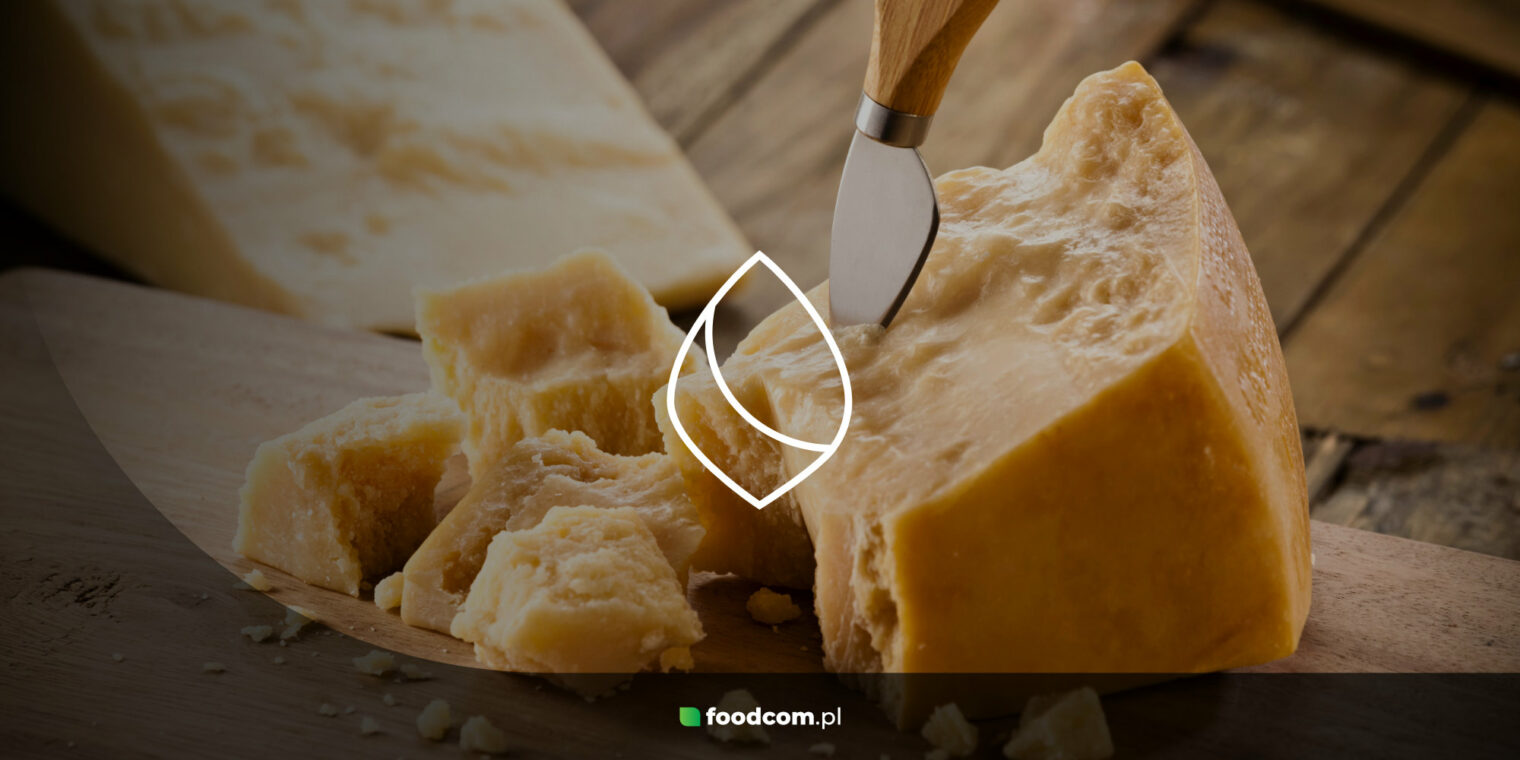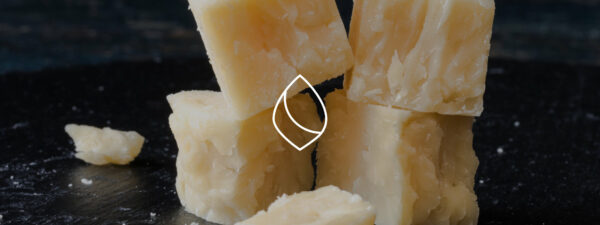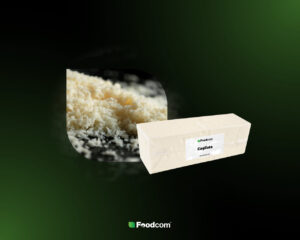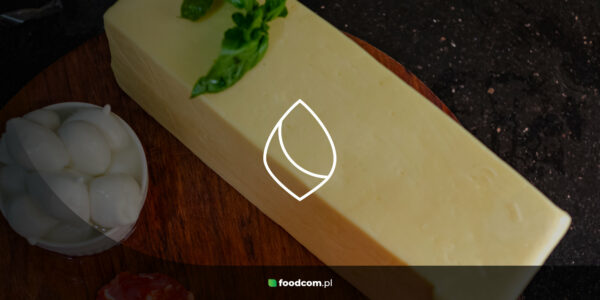In the ecosystem of global food trade, soft cheeses, especially Cagliata and Mozzarella, stand out as products of exceptional significance. Requiring not only delicate processing but also precision in distribution, these cheeses symbolize richness in taste and diversity in culinary arts. Over the past few years, both in Europe and other continents, there has been an increasing interest in these cheeses, which is reflected in market trends and sales dynamics. In the context of wholesale trading of foodstuffs, Mozzarella and Cagliata are no longer just the domain of Italian tables, but have become the subject of international transactions, influencing strategies of producers and distributors worldwide.
Origin and production process
Mozzarella, recognized as one of the symbols of Italian cuisine, originates from southern Italy. Known worldwide for its creamy texture and delicate flavor, it is traditionally made from buffalo milk. The production process includes milk coagulation, forming balls, and bathing them in brine. Modern production technologies allow for the preservation of its traditional taste while increasing efficiency.
Application
Mozzarella is a versatile cheese used in many dishes, especially in Italian cuisine. It’s a key ingredient in pizza and lasagna, and also a popular addition to salads, such as the classic caprese. It can also be found in appetizers, casseroles, pasta dishes, and even in some desserts, thanks to its creamy consistency and delicate flavor.
Mozzarella prices
At the beginning of 2023, Mozzarella prices are higher than in the corresponding periods of previous years. There is a moderate price increase at the beginning of the year, indicating increased price dynamics. In the years 2021-2023, Mozzarella cheese prices in Poland generally showed an upward trend, reaching peak values in mid-2022. In 2023, this trend continues, starting the year with higher prices than in previous years. Updated and accessible Mozzarella prices are always available on our website.
The role of certificates
In the world of wholesale trade, quality and authenticity are currencies. Quality certificates, such as PDO (Protected Designation of Origin) for Mozzarella, have a significant impact on the positioning and pricing of the product. Transparency of origin and production methods are key in building customer trust and loyalty.
Cagliata: The Key to Italian Aged Cheeses
Origin and Production Process
Cagliata, traditionally produced in Sicily, is now made in many European countries, including Poland. In Polish cheesemaking tradition, Cagliata can be used in the production of local cheese varieties, especially those inspired by Italian cuisine or variants of fresh cheeses.
It is made from milk from the morning or evening milking, heated to a temperature of 32°C with the addition of animal rennet. The delicate consistency and freshness of Cagliata make it valued in Italian cuisine. The production process is delicate, requiring precise control of temperature and humidity.
Cagliata cheese, a semi-finished product for the production of Mozzarella cheese, is not very popular among consumers. Italian producers often inquire about Cagliata in other parts of Europe, as they do not produce it themselves due to low profitability. Poland, Czech Republic, and Estonia contribute to supplying this ingredient for preparing traditional Italian dishes. On our website, you can always find updated and accessible prices for Cagliata cheese.
Globally in 2023, there are trends that impact the dairy market. High energy and feed prices are leading to increased milk production costs. Changes in international demand, especially from China, also have a significant impact on the global dairy market. Moreover, the rise in inflation is affecting milk price volatility.
Market outlets
In Europe, beyond Italy, Cagliata is increasingly used by cheese producers in countries such as Poland, France, and Spain. In these regions, where the quality and authenticity of ingredients are developed, Cagliata is used in the production of local variants of fresh cheeses, drawing inspiration from Italian tradition. This is a response to the growing consumer demand for high-quality products with refined taste.
Transport and distribution
The transport and distribution of soft cheeses pose challenges for the industry, especially in the context of maintaining freshness and quality. Refrigeration methods and packaging that ensure the right humidity are crucial, as is knowledge of customs and sanitary regulations for different markets.
Demand and innovation
Consumer trends, such as interest in authentic, traditional products, are driving demand for these cheeses. There is a growing demand for premium products, opening new opportunities for producers and distributors. The development of the vegan and lactose-free market may influence innovations in production.
Mozzarella and Cagliata, with their rich history and unique properties, continue to dominate the soft cheese market. Their growing popularity in the global market opens doors to new possibilities for participants in the wholesale market, while also presenting new challenges.








